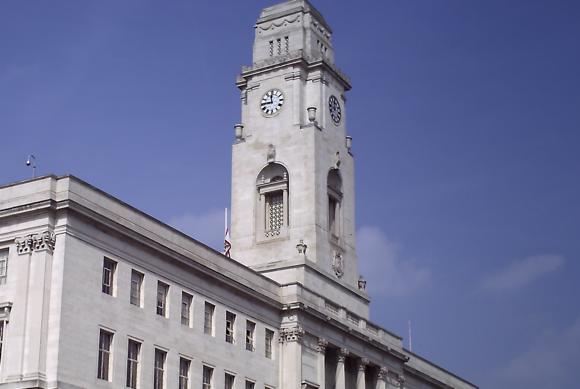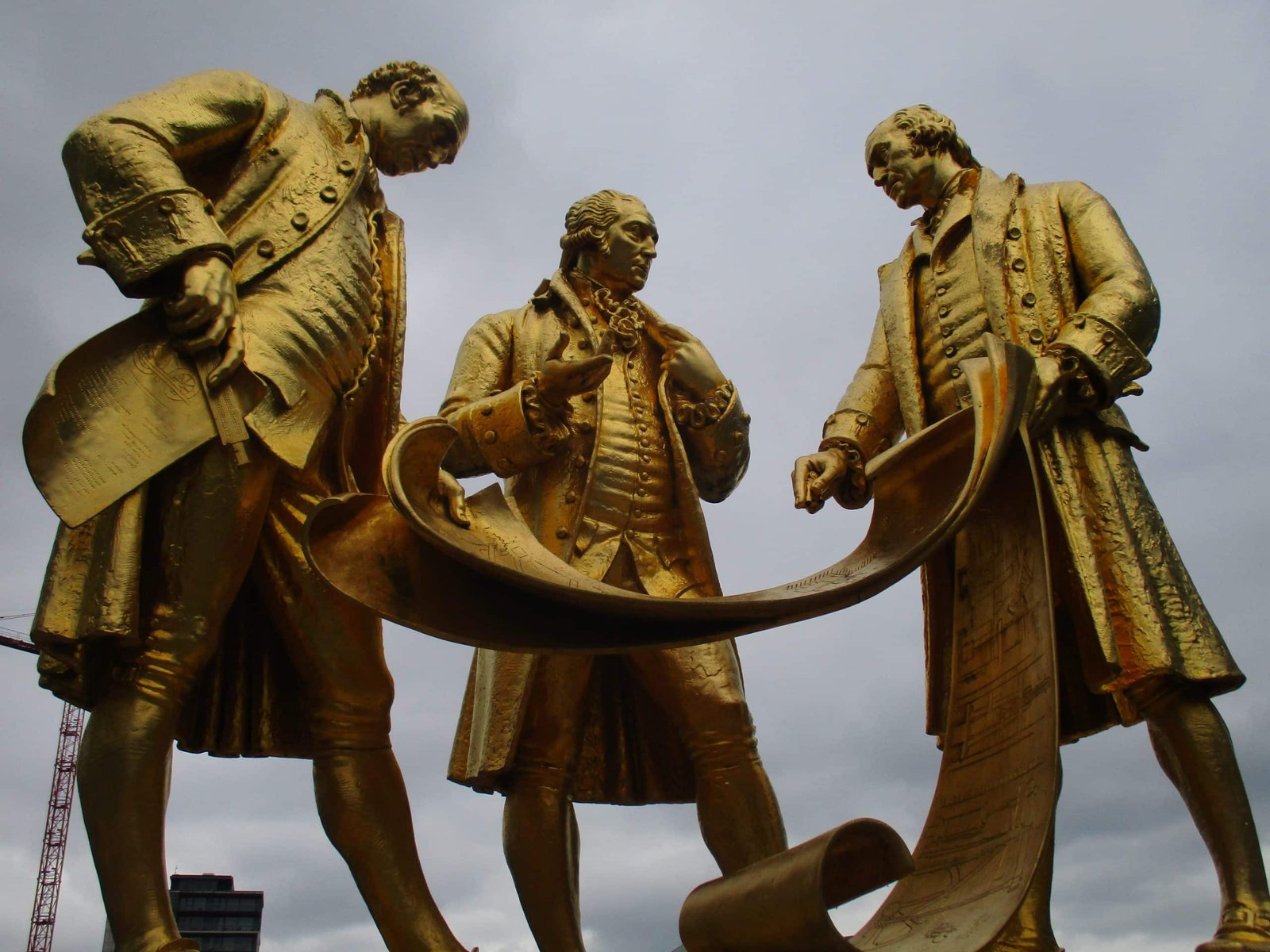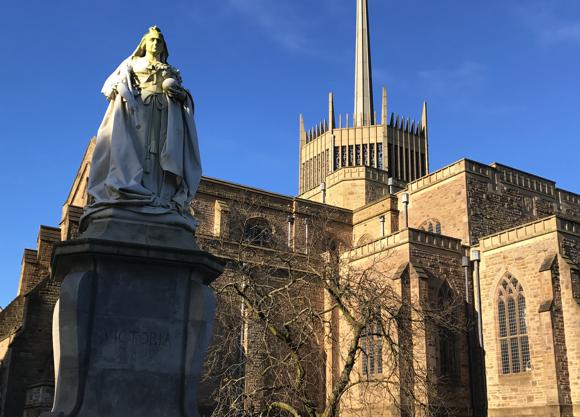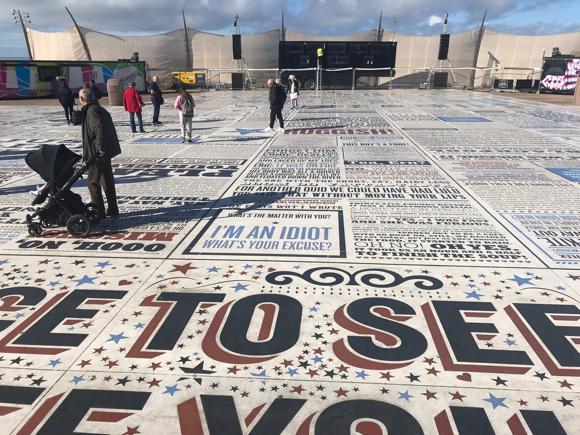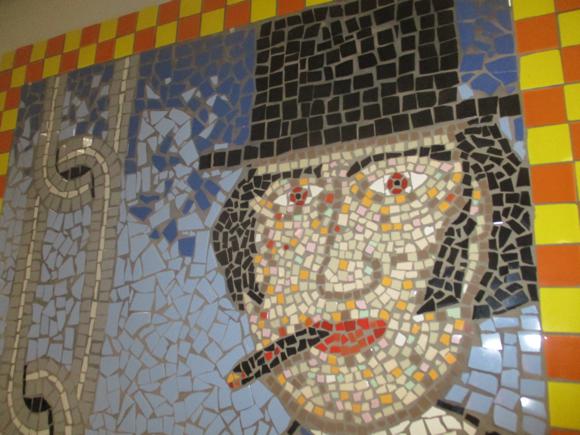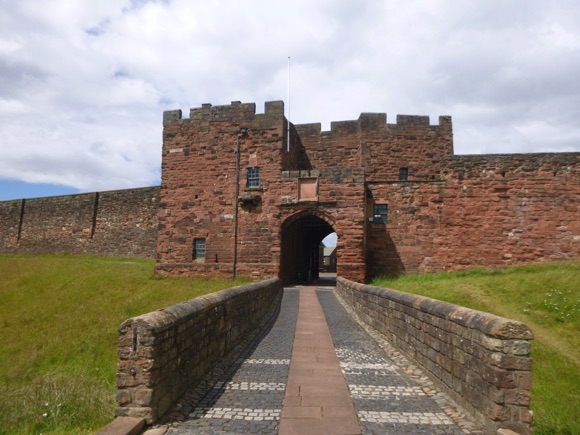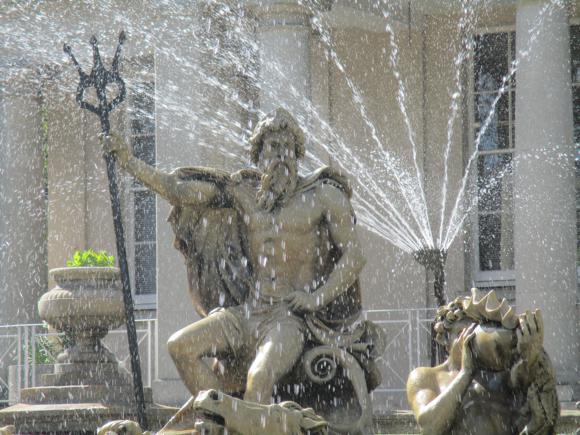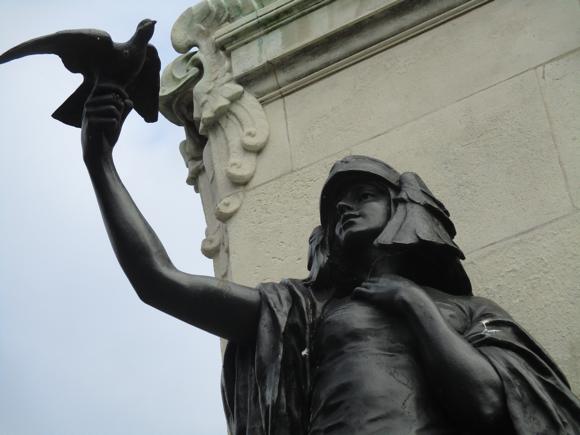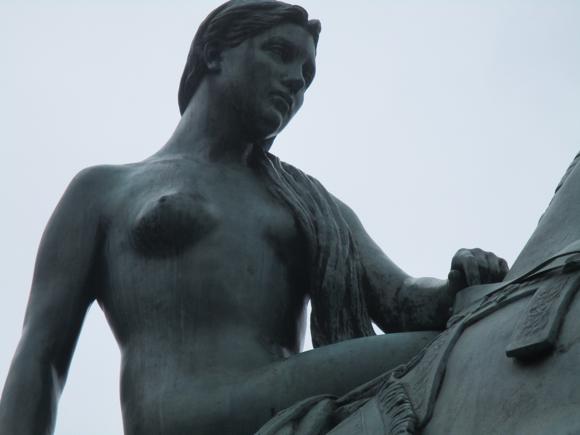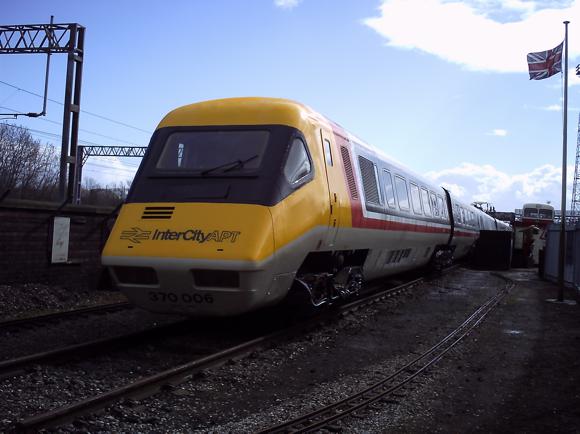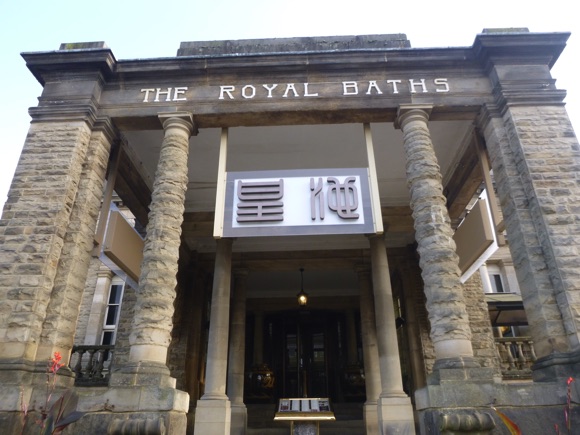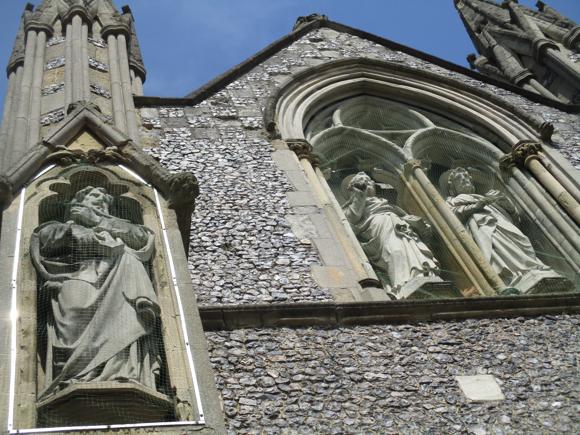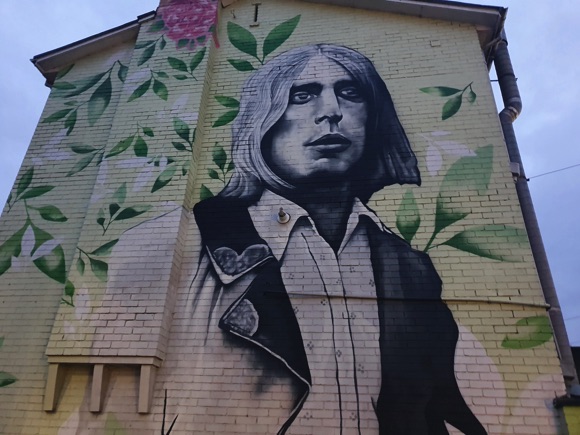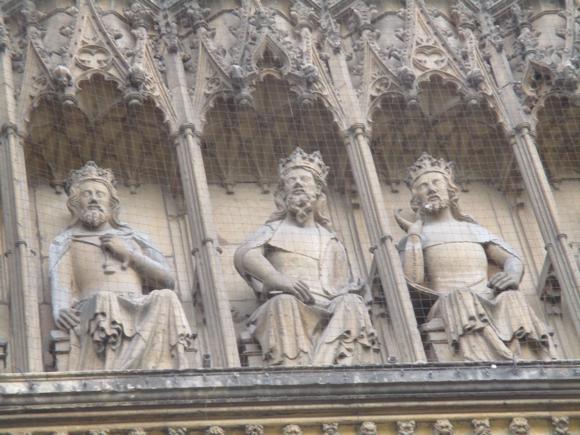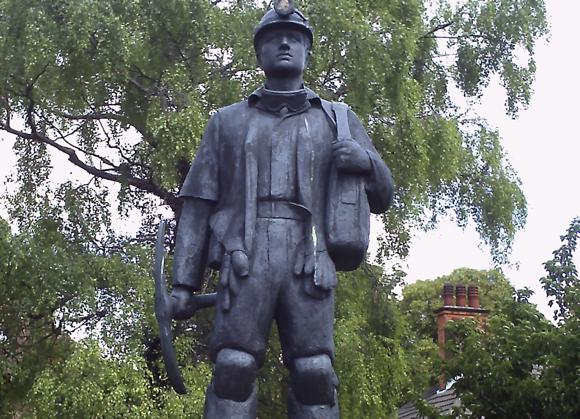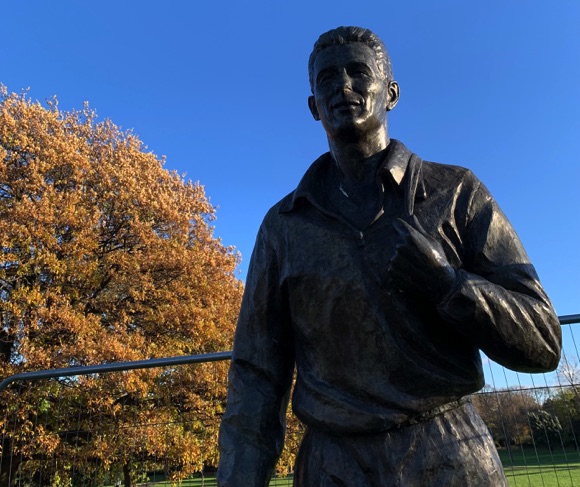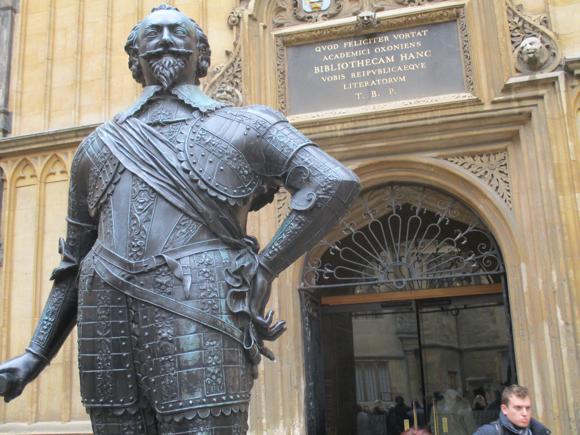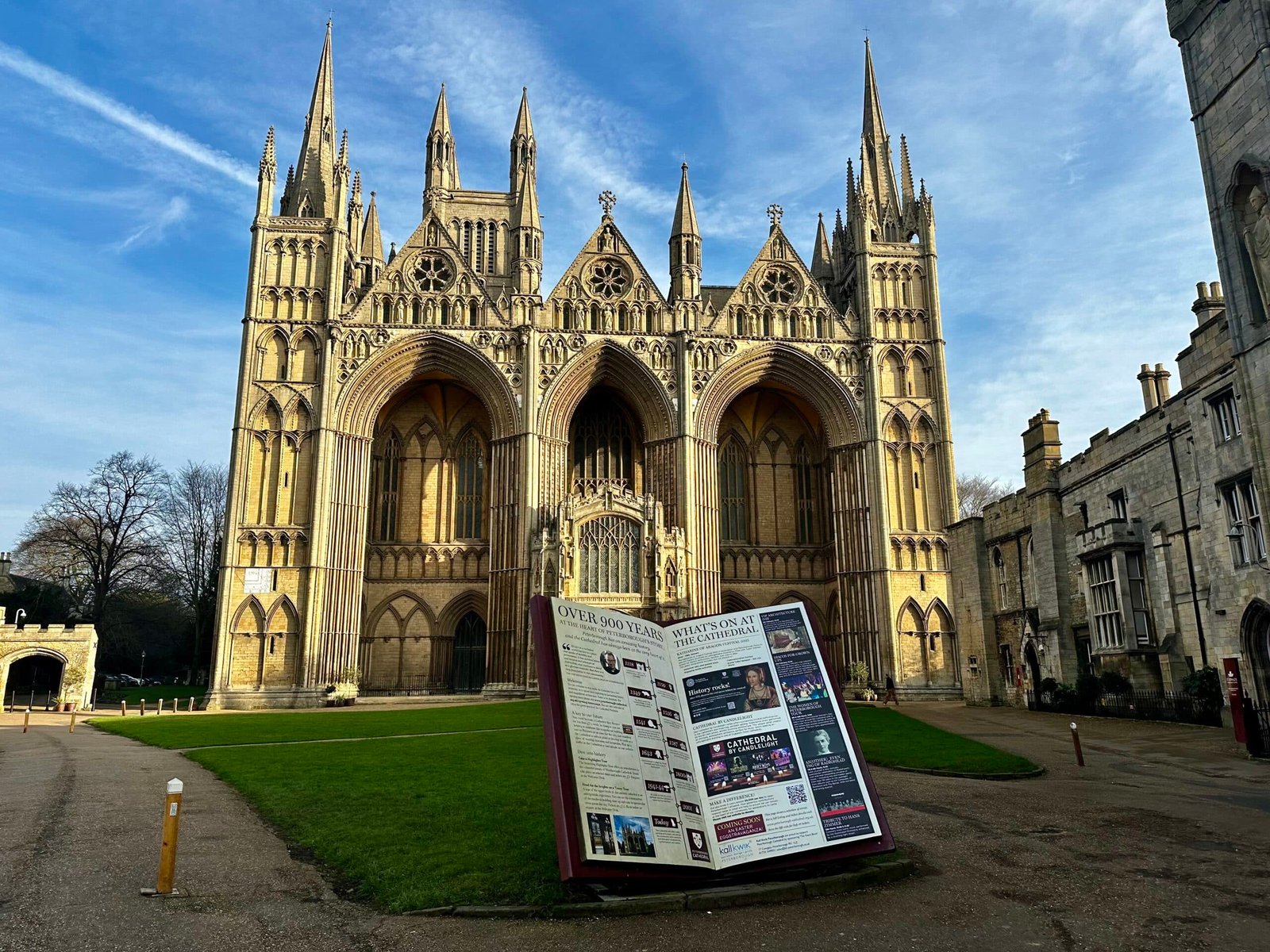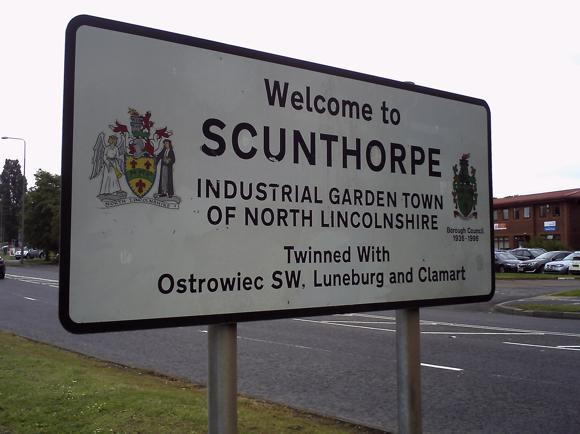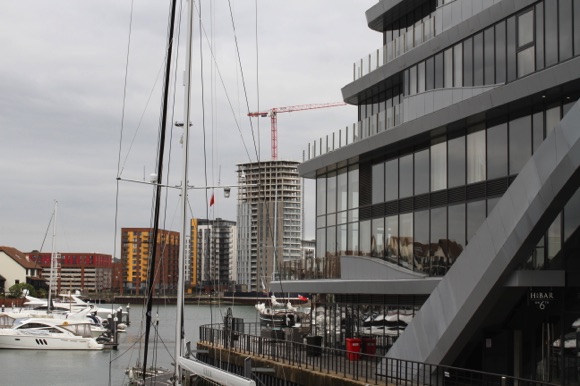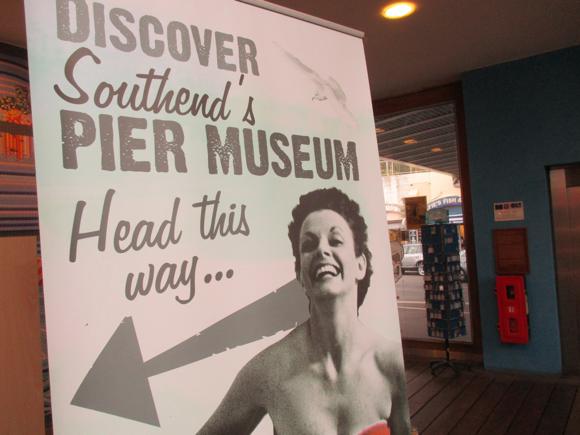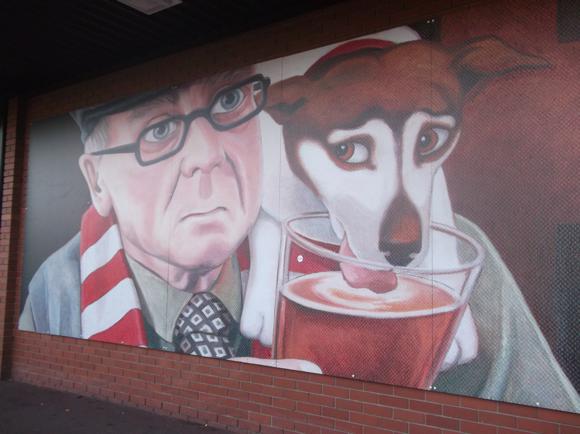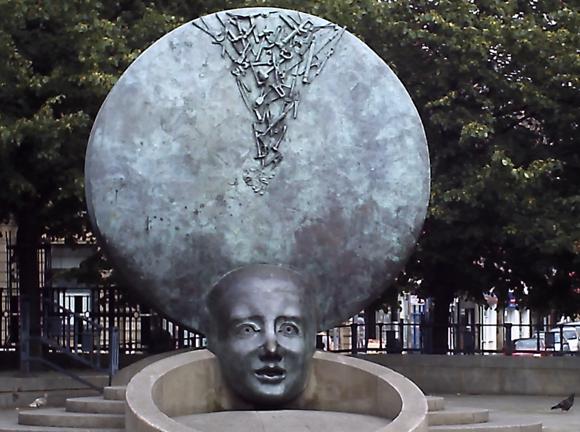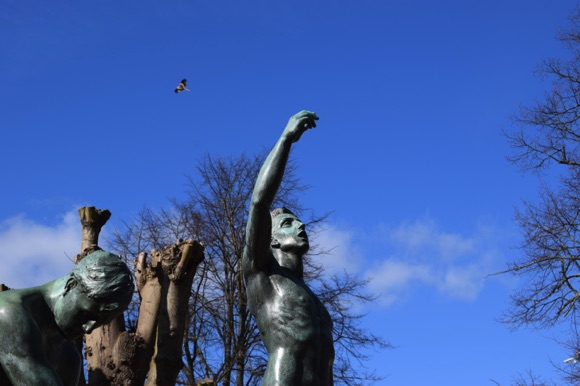Teams, tales and tips – a guide to the local game
Manchester is England’s de facto football capital. While Manchester United are the most titled club in the land, moneyed Manchester City have won the league eight times since their historic breakthrough victory in 2012, thanks to massive investment from Abu Dhabi.
Each won the title twice in four seasons from 2011 to 2014 but since then, Pep Guardiola’s City have left United in their wake. Each won silverware in 2024, United beating City in the second consecutive FA Cup final between the local rivals – but the league always tells the real story. City also won a historic treble in 2023, repeating United’s feat of 1999.
Success is not only measured in silverware. When the venues were announced for Euro 2028, being co-hosted by five stadiums in England, many were surprised to see Old Trafford left out.
By far the largest club ground in the country, with the highest average attendance, was passed over for the Etihad, referred to as the City of Manchester Stadium for the tournament and smaller by almost 15,000 seats.

In a damning indictment of United’s stewardship under the Glazers since 2005, management could not guarantee that the stadium would be road-worthy for an event to take place five years hence. One year later, a huge downpour gushed through the roof and flooded the away dressing room. It’s not as if rain was an unknown quantity in Manchester.
By then, UK chemo billionaire Jim Ratcliffe, whose company also owns Nice and Lausanne-Sport, had bought a significant majority share in Manchester United and assumed control of football operations. In the summer of 2024, he announced plans for a 100,000-seater stadium, the ‘Wembley of the North’ to be built alongside Old Trafford over the course of six years, games taking place at the so-called Theatre of Dreams during construction. The cost? £2 billion.
Money and enterprise always went together in Manchester, home of the Industrial Revolution. In the late Victorian era, when football clubs were springing up across Lancashire, these two were already top dogs, winning the Manchester Cup seven times in its first eight seasons. United were the railway team of Newton Heath, City were Ardwick, formed by St Mark’s Church in Gorton. Both were based in the east of the city – each gained their present names either side of 1900.

Under club secretary Ernest Mangnall, United won their first league titles and FA Cup. Mangnall switched to City in 1912 – giving that September’s derby, won by City at United, extra spice. Back then, club secretaries had a managerial role, so Mangnall is considered the only man to have been at the helm of both clubs. Mangnall both arranged for United to move to Old Trafford south-west of town, and for City to move from Hyde Road in West Gorton to Maine Road in Moss Side, south of the centre.
It was not a popular decision. In 1928, an unhappy City director created Manchester Central FC, based at Belle Vue, off Hyde Road east of town. Though coached by the great Billy Meredith, one of the few men to have played with distinction for both City and United, the club only lasted five years. Central were revived in 2015, with an under-21 side in the Cheshire League and an under-18 team in the Lancashire Floodlit League.
With Old Trafford bombed out in World War II, Manchester United, managed by former City player Matt Busby from 1945 onwards, spent several years at Maine Road. Under Busby, a young United side captivated the nation until it was tragically cut down in its prime in the Munich Air Disaster of 1958. Busby’s Red Devils bounced back in the 1960s, the star trio of George Best, Bobby Charlton and Denis Law arguably the most celebrated in English football history.


The late 1960s saw both Manchester clubs at their height, United lifting the European Cup 18 days after the Sky Blues won the league crown in 1968. Defeat for title-holders United at home to Sunderland on the last day of the season let in their local rivals. Derbies then were fervent affairs, Best taking the greatest pleasure out of jinking past City hard man Mike Doyle. Both ended their days as alcoholics.
City fans, perceived to be more numerous in Manchester itself, also celebrated European silverware in 1970. From then on, until the investment of 2008, rejoicing was pretty much limited to schadenfreude at any United failures. The classic moment came in 1974, a cheeky backheel by ex-United star Denis Law, playing for City again after 13 years, that condemned United to relegation. He didn’t celebrate.
United dipped post-Busby only to revive under Alex Ferguson with the introduction of the Premier League in 1992. Ferguson’s team, Eric Cantona and all, were made for live TV. Cantona, and later David Beckham, became global celebrities.
United dominated a decade that ended with the treble, including the Champions League in Fergie time. That same week, Manchester City also notched a major achievement with a stoppage-time goal when a Paul Dickov strike on 95 minutes saved the day at Wembley – to climb out of the third tier.

This imbalance all changed after the Abu Dhabi takeover of 2008 and City’s last-gasp title win of 2012. In the last three minutes of the last game, City had overturned a 2-1 deficit at home to struggling QPR to win 3-2, two injury-time goals wresting the title out of United’s grasp and bringing it to City for the first time in 44 years. Three minutes had reversed four decades of near complete United dominance.
Although Mourinho’s United won the Europa League in 2017, the club hasn’t put in a credible challenge for the title since the departure of Ferguson in 2013. Despite United’s unexpected yet spirited FA Cup win over City in 2024, the title-winning Sky Blues look like ruling the roost for many years to come. United’s global reach, however – and Old Trafford’s 75,000 capacity – ensure the kind of revenue that few other clubs can begin to muster. If only the Glazers had fixed the roof when the sun was shining.
In 2021, City and United supporters were equally furious at the overnight decision by their clubs’ owners to jump ship and join the European Super League. The project died a death as quickly as it raised its ugly head, but for those of the red persuasion, the gradual leveraged takeover of the club by the Glazers from 2005 has been an anathema, and post-ESL protests causing a game with Liverpool to be postponed.
Other United supporters had jumped ship long ago – abandoning Old Trafford. In north-east Manchester, towards Oldham, Broadhurst Park was unveiled in 2015 as the permanent home of breakaway community club FC United of Manchester.




Now in the Northern Premier League, England’s seventh flight, the club formed by disgruntled United fans in 2005 has hit a lull after rising up through the divisions. Symbolically, the official opening game at Broadhurst Park was the visit of a team from Benfica – on May 29, the anniversary of the victory of Busby, Best and Charlton over the Portuguese giants in the European Cup final of 1968.
Also with links to United after five members of the famed Class of ’92 took over the club in 2014, Salford City came under fire in 2018 for buying their way to success after promotion from the National League North to the National League. Based at Moor Lane since 1978, since renamed the Peninsula Stadium and its capacity increased to 5,000-plus, the Ammies gained further national attention when featured on a BBC documentary.
Salford gained duly accessed the Football League in 2019, performing creditably in initial campaigns and winning the 2020 EFL Trophy in 2021.
This all makes for a perfect weekend’s football, of course, a top Premier League game at either City or United, coupled with a jaunt to one of the city’s more recently founded lesser lights – along with a visit to England’s National Football Museum (see below What to see) right in town. Originally located in Preston, it moved to the striking Urbis building on showcase Exchange Square in 2012.
That same year, Manchester became a true football capital when newly wealthy City won their first league title in nearly half a century. Neither Manchester nor City have looked back since.
Getting Around
Arriving in town and local transport


Manchester Airport is 14km (nine miles) south-west of the city centre. It is linked to Manchester Piccadilly train station (£3.80, 15mins) by rail, as well as by various bus services. Airport-recommended StreetCars (0161 228 7878) charges £24 to Piccadilly and £20 to Old Trafford.
City transport consists of buses, local trains and the light-rail tram Metrolink. There are several types of day passes depending on combinations of transport, bus, tram and train, called System One. These range from the £6 Anybus to the £10 off-peak Anybus, Train and Tram, with seven-day, student, youth and junior options. Old Trafford and the Etihad are in Zone 2 of the Metrolink tram network, off-peak/weekend day passes £3.50.
Single tickets vary according to length of journey – Piccadilly to Old Trafford is £2.80. Buy tickets from machines at tramstops. On buses, pay the driver, change given. If you’re travelling to Manchester by train and not staying long, adding a PlusBus (£4.20) to the fare means you can use local buses all day.
Where to Drink
The best pubs and bars for football fans

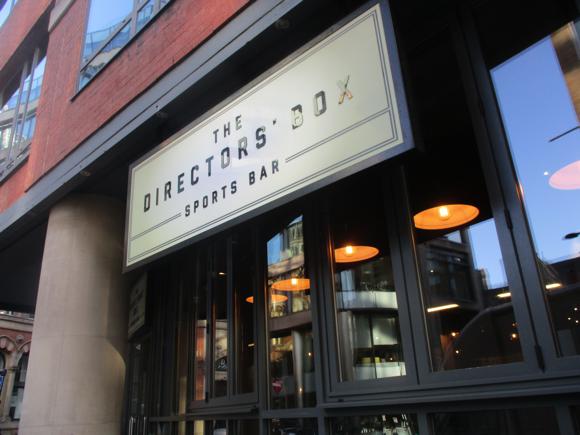
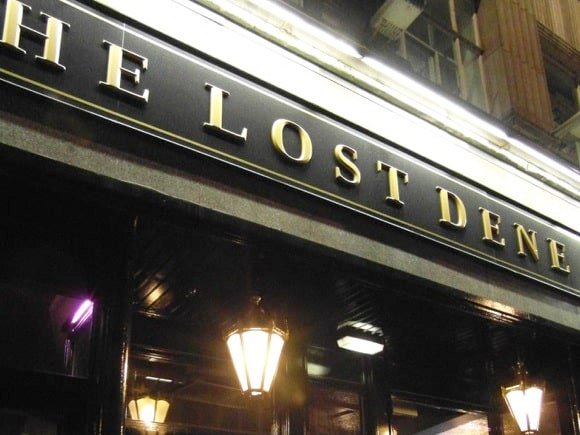
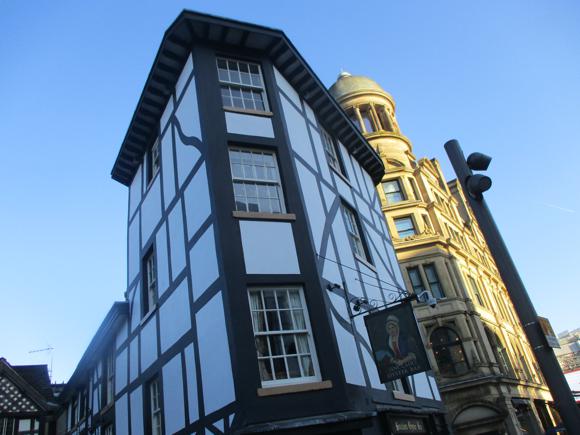
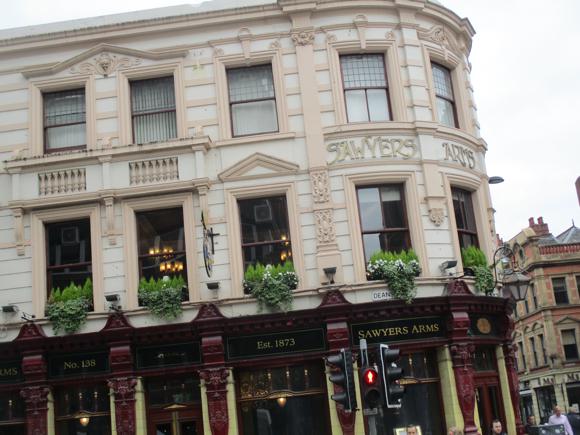
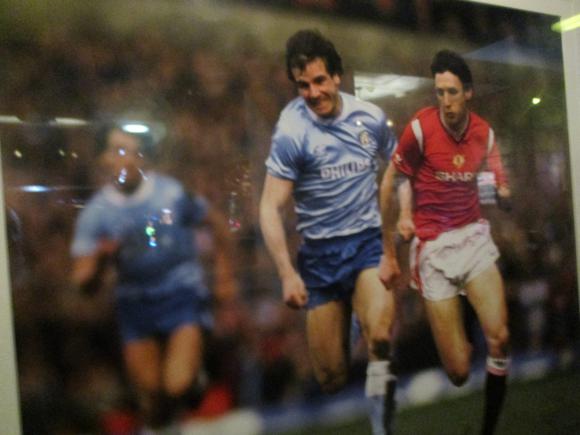
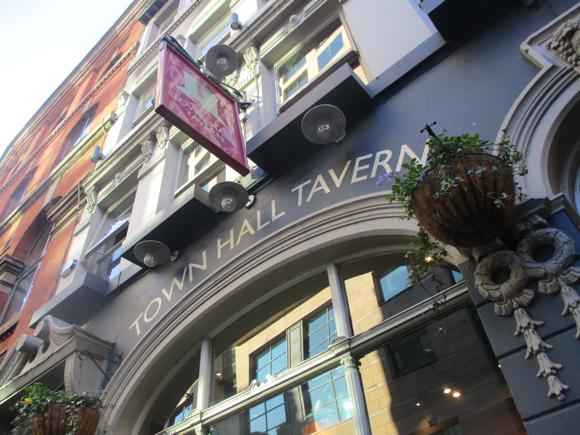
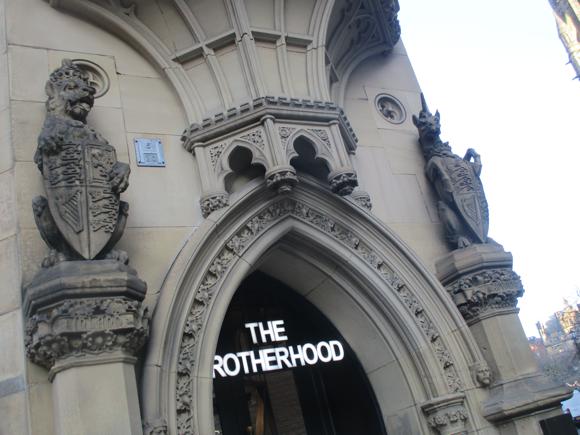

In keeping with its status as a metropolis in thrall to the round ball, Manchester has long been a city of great football pubs.
There are plenty of options on and off Deansgate, all the way up to the National Football Museum. Opposite, Printworks fills a former newspaper hub with mainstream drinking options and family-friendly entertainment. Nearby, alongside Exchange Square, historic Sinclair’s Oyster Bar has been serving drinks for 200 years, its large beer garden busy on big-match nights.
On Deansgate itself, traditional pubs the Sawyer’s Arms and the Lost Dene both go big on live sport. On nearby Mount Street, The Brotherhood is more sophisticated in style, but with TV sport paramount, screens lining the back bar. Plenty of pub pastimes, too. The other side of Albert Square on Tib Lane, the Town Hall Tavern is a decent spot for football watching, the contemporary Directors Box on Booth Street also big on live action, plus craft beers.

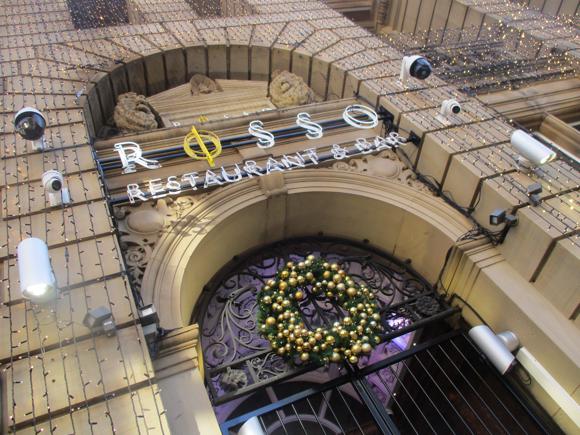


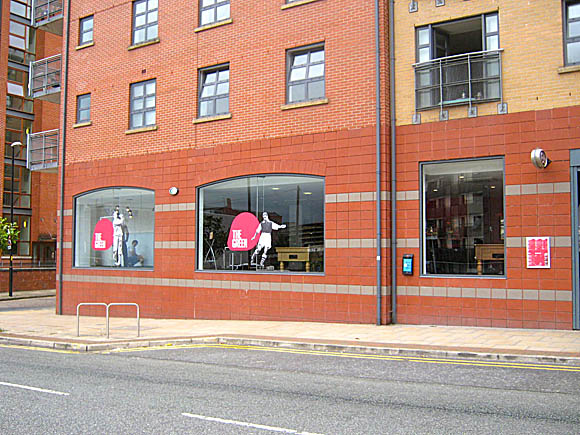
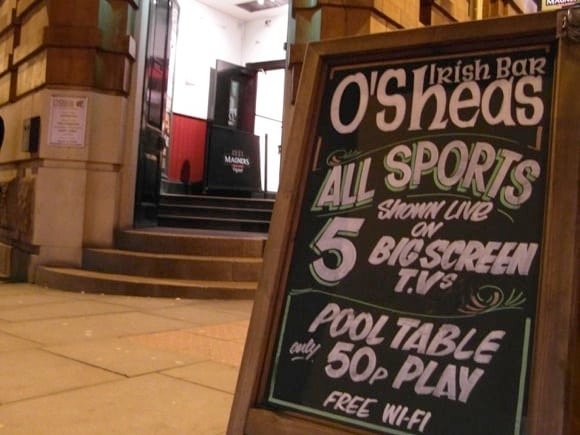

Player-spotting should be a doddle at Rio Ferdinand’s Rosso on Spring Gardens while the Shakespeare Pub on Fountain Street shows games on a number of large flat-screen TVs. Up in the trendy Northern Quarter, you can book a booth for HD sport at the Tib Street Tavern and watch the game in peace at the relaxing HIgh Street Tavern, just across from the Arndale fish market.
Around Piccadilly, The Green on Ducie Street is a sports bar with indoor golf and sport-focused O’Sheas on Princess Street serves Guinness as decent as the first one poured here, by Jack Charlton in 1994. Towards the university quarter, The Courtyard on Chester Street offers a beer garden, drinks deals and huge screens.
Where to stay
The best hotels for the grounds and around town


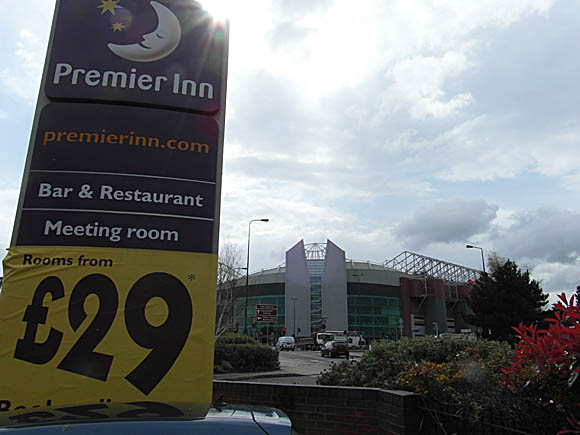


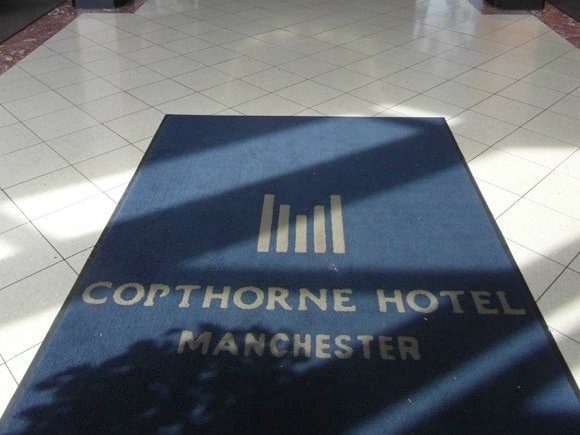
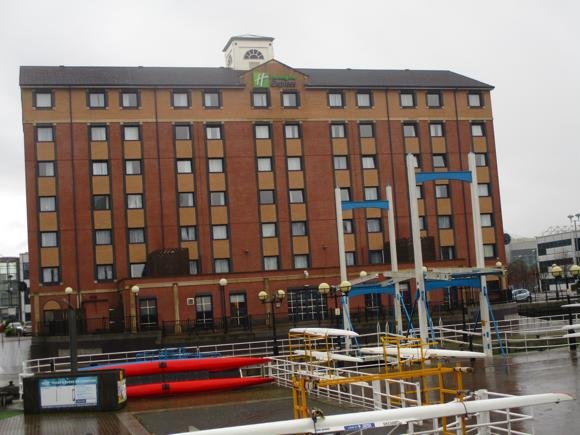
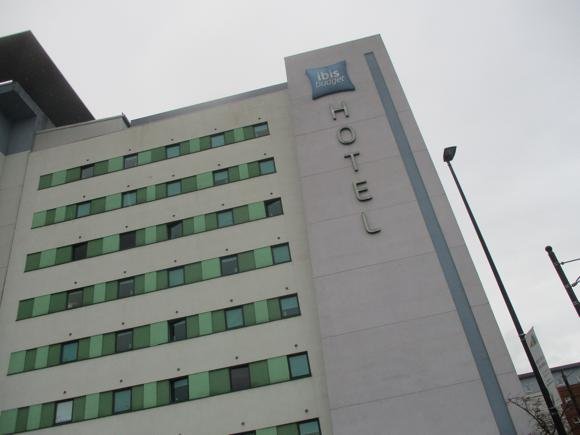
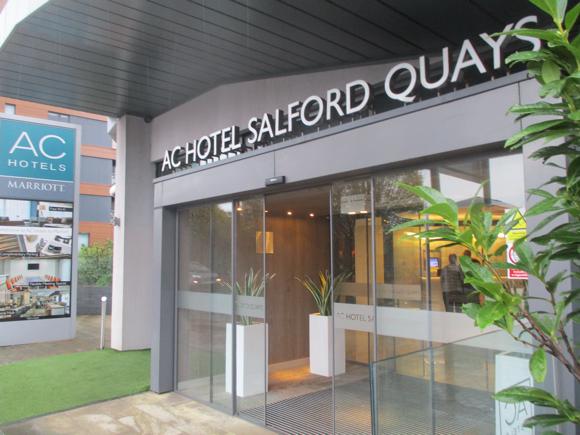
Sleep beside Old Trafford at the Hotel Football, the first of its kind in the UK, created by five members of the Class of ’92 at a total cost of £24 million. Packages include an overnight stay with breakfast, plus MUFC visit and stadium tour, and match-day hospitality at the Stadium Suite, overlooking the hallowed ground.
Even if you’re not staying, the Cafe Football is a must, though best to reserve on match days. All is topped off with a rooftop five-a-side pitch for hire. Just across Sir Alex Ferguson Way from there, the Premier Inn is more affordable though availability very limited on match days.
Just over the water, the upper mid-range Copthorne on Clippers Quay suits business visitors while diagonally across main Trafford Road, the AC Hotel Manchester Salford Quays should provide the ideal city break with a 24/7 gym and plenty of dining options, walking distance from Old Trafford. Next door, the ibis Manchester Salford Quays offers budget rooms. Nearby, on the waterfront, the Holiday Inn Express Manchester Salford Quays is another affordable favourite.
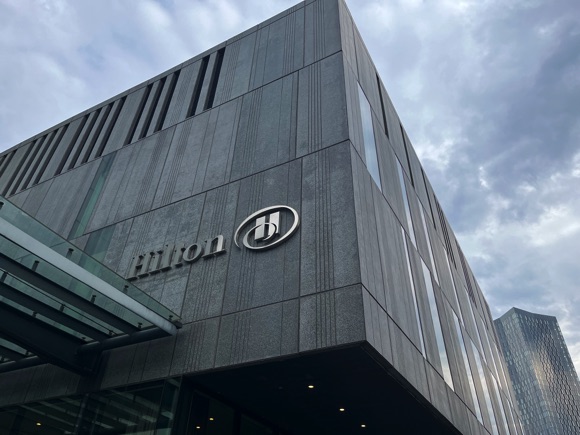


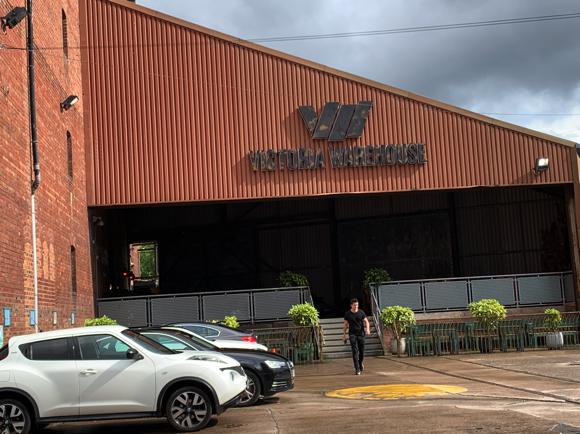
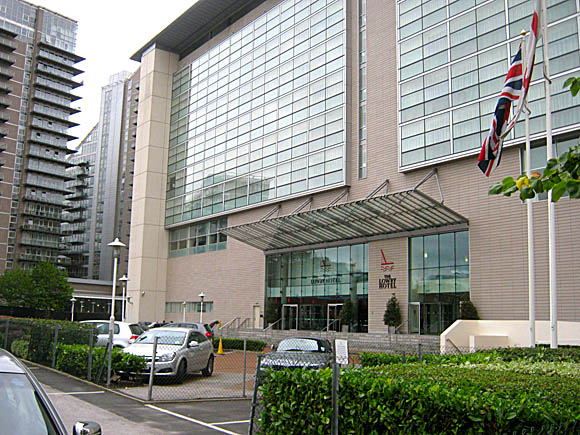



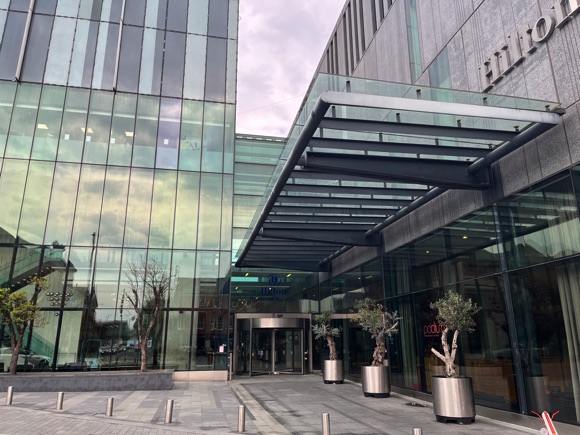

On the stadium side of the water, by Trafford Bar Metrolink stop, the four-star Trafford Hall Hotel on Talbot Road has been completely overhauled and is now a Best Western Signature Collection property. Elegant and full of character, it contains the 1887 Sports Bar and a steakhouse. Also offering lodging with a difference, the Victoria Warehouse Hotel on Trafford Wharf Road combines an industrial heritage with Eastern furnishings to provide a funky, urban stay.
In town, the high-end Lowry by Trinity Bridge is Manchester’s destination hotel, its many dining options, spa and chic rooms always a hit with the football fraternity. Near Deansgate station, the Hilton Deansgate is another players’ fave, with panoramic views from its cocktail bar on the 23rd floor. Close by, Jurys Inn balances business-friendly with trendy while maintaining four-star standards.
Over on Peter Street, the Midland has been providing exemplary service since 1903, to the likes of Charles Rolls and Henry Royce, who met here to design their iconic car, first produced in Manchester. On King Street, the five-star Gotham provides Art-Deco luxury in a former bank building.
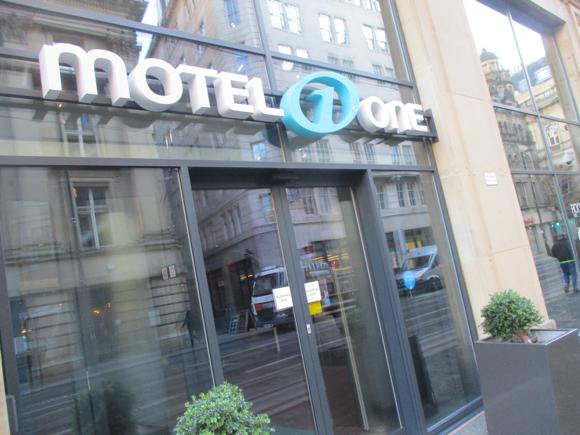
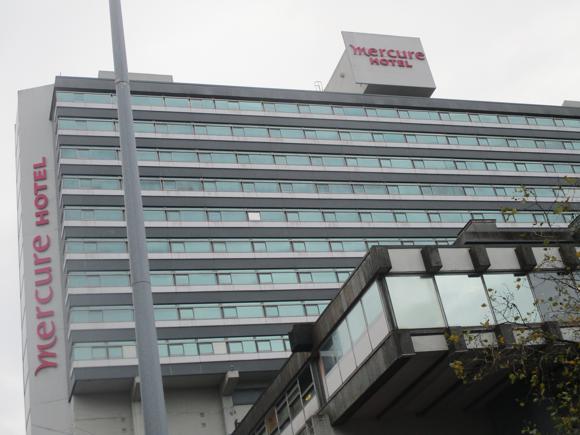
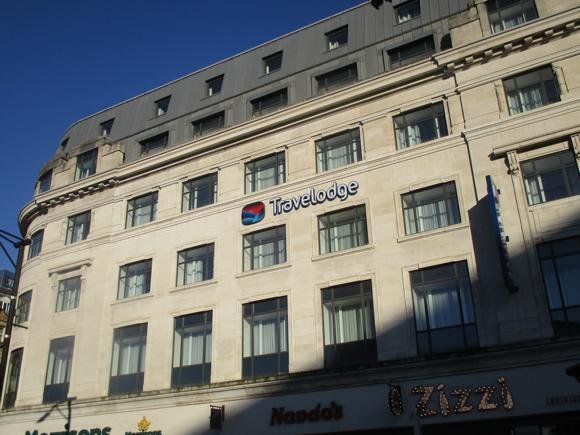
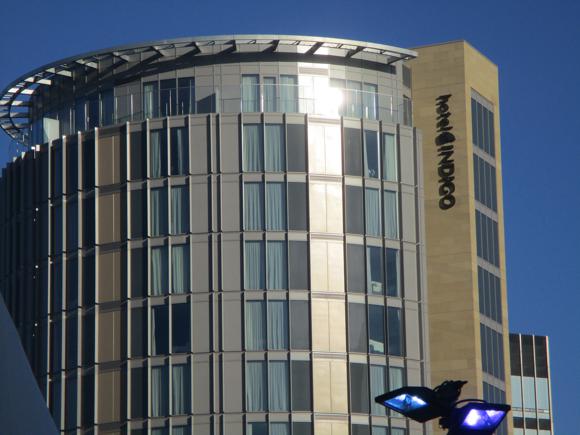
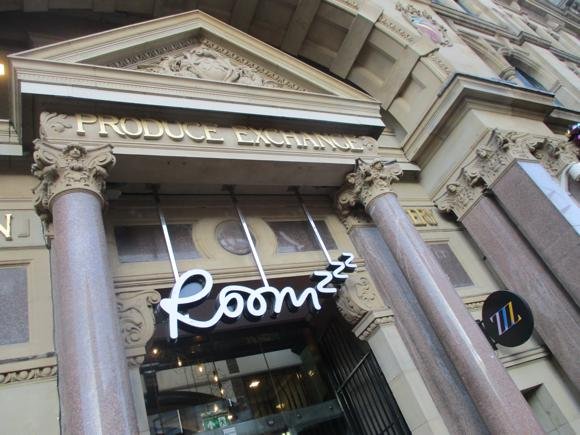

By the Royal Exchange, Motel One is one of two branches of this low-budget German chain in town, both done out in signature turquoise with urban pizzazz. By Piccadilly Gardens, lunch or drinks at the four-star Mercure Manchester Piccadilly come with panoramic city views from the third floor. Across Piccadilly Gardens, the Travelodge can be classed as notch-above budget with an unbeatably central location.
Around the National Football Museum, the Hotel Indigo has transformed a Victorian landmark into a contemporary lodging with a 24/7 gym. Roomzzz comprises suites and serviced apartments and the Mitre Hotel is an old-school cheapie set above its own pub and the historic Sinclair’s Oyster Bar.
What to see
Top attractions for the visiting football fan


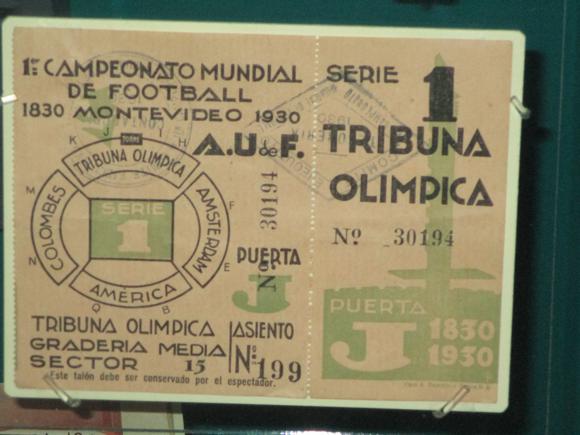
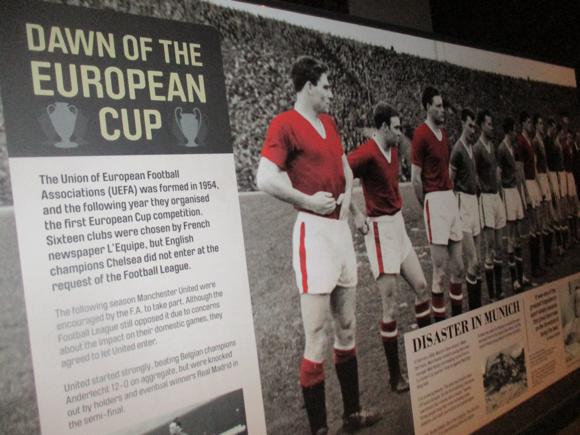
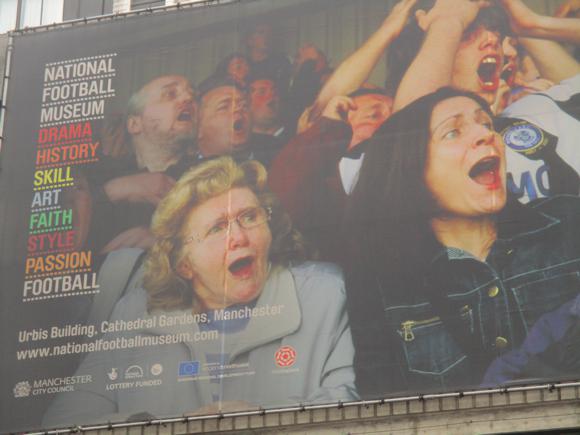



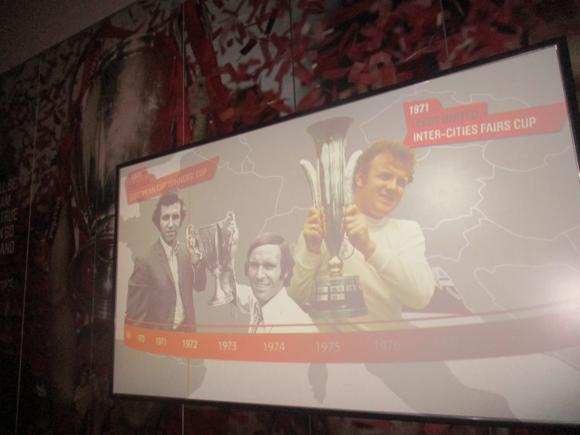

The fascinating National Football Museum (£16, online £14, 5-15s £10/£8, valid all year), is set in the towering glass Urbis building slap in centre of Manchester.
Among what is the largest public collection of football objects and archives are an unused (!) ticket for the 1930 World Cup Final and Geoff Hurst’s winning shirt from 36 years later.
The very beginnings of international football are illustrated by Arnold Kirke Smith’s heavy wool shirt from the first fixture between Scotland and England in 1872, sold at auction in 1998 for £21,000. The garment represents the only time the Sheffield-born youngster played for his country, giving up the game to serve the Church.
There are plenty of interactive attractions, too, guided tours and workshops for kids. Temporary exhibitions, talks and presentations mean that it’s worthwhile taking advantage of the year-long validity of your ticket – a recent example includes the history of replica shirts by Admiral.
For those in need of material for a book or paper, you can book an appointment for the NFM Research Centre in Preston – email collections@nationalfootballmuseum.com.
WhERE to shop
Stores for football merchandise and local rarities
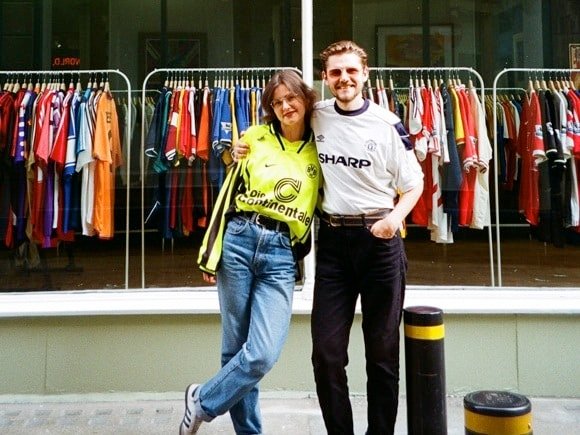
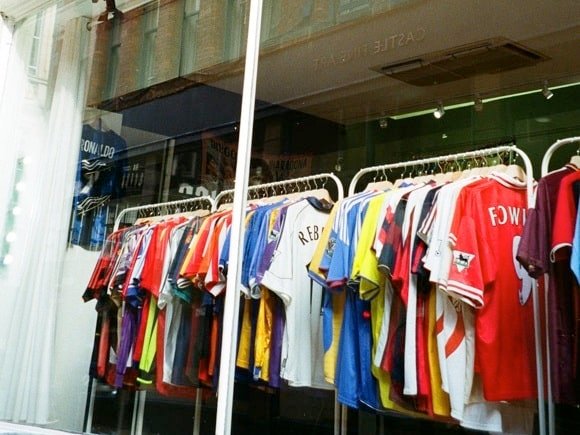
With vintage football shirts all the rage these days, it’s no surprise that England’s football capital of Manchester has one. What’s unique about Stunner (temporarily at 9 S King Street, Mon-Sat 11am-5pm, Sun noon-4pm), however, is that it has its origins in Ukraine – in fact, this meeting point of archive merchandise and football culture was a very active operation in Kyiv right up to the Russian invasion in February 2022.
It was then that Stunner founders and football fashion enthusiasts Polina Vynohradova and Serge Shcherbyna left all behind them to head to Brussels, to meet Damien of Belgium’s Classic Football Jerseys and 90 BXL. Like CFJ, Polina and Serge had started online, then opened a pop-up store, in their case at Kyiv’s legendary Kurazh flea market.
In March 2020, right at the start of the pandemic, they set up a physical store in a historic building that housed local start-ups. A year later, as trade picked up, they moved into larger premises. A year later, invasion.
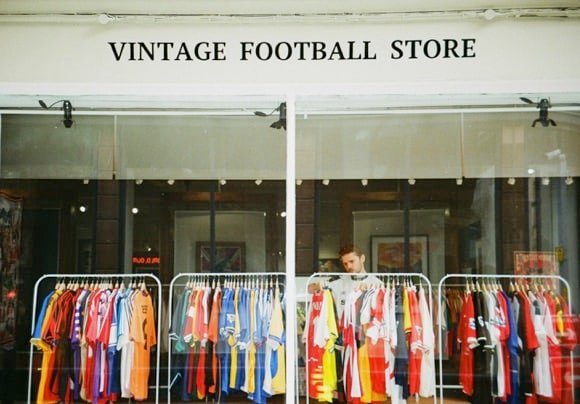
After Brussels, the couple went to Italy to source and snap retro calcio, then to Manchester, where they found an ideal location on a street corner round the corner from The Lost Dene pub.
Lining a bright upstairs shop with rails of vintage football tops and creating a downstairs space for cultural events and private functions of similar kind, the pair has shown deft entrepreneurship without losing focus on what they love. Plus, you can pick up some real rarities – an autographed Sheringham shirt from the 1999 era, for example.
With the lease running out at the premises in S King Street in September 2024, the couple will go back to overseeing regular pop-up operations while they remain based in Manchester. Follow Stunner on Facebook and Instagram to see where their next events might be.







